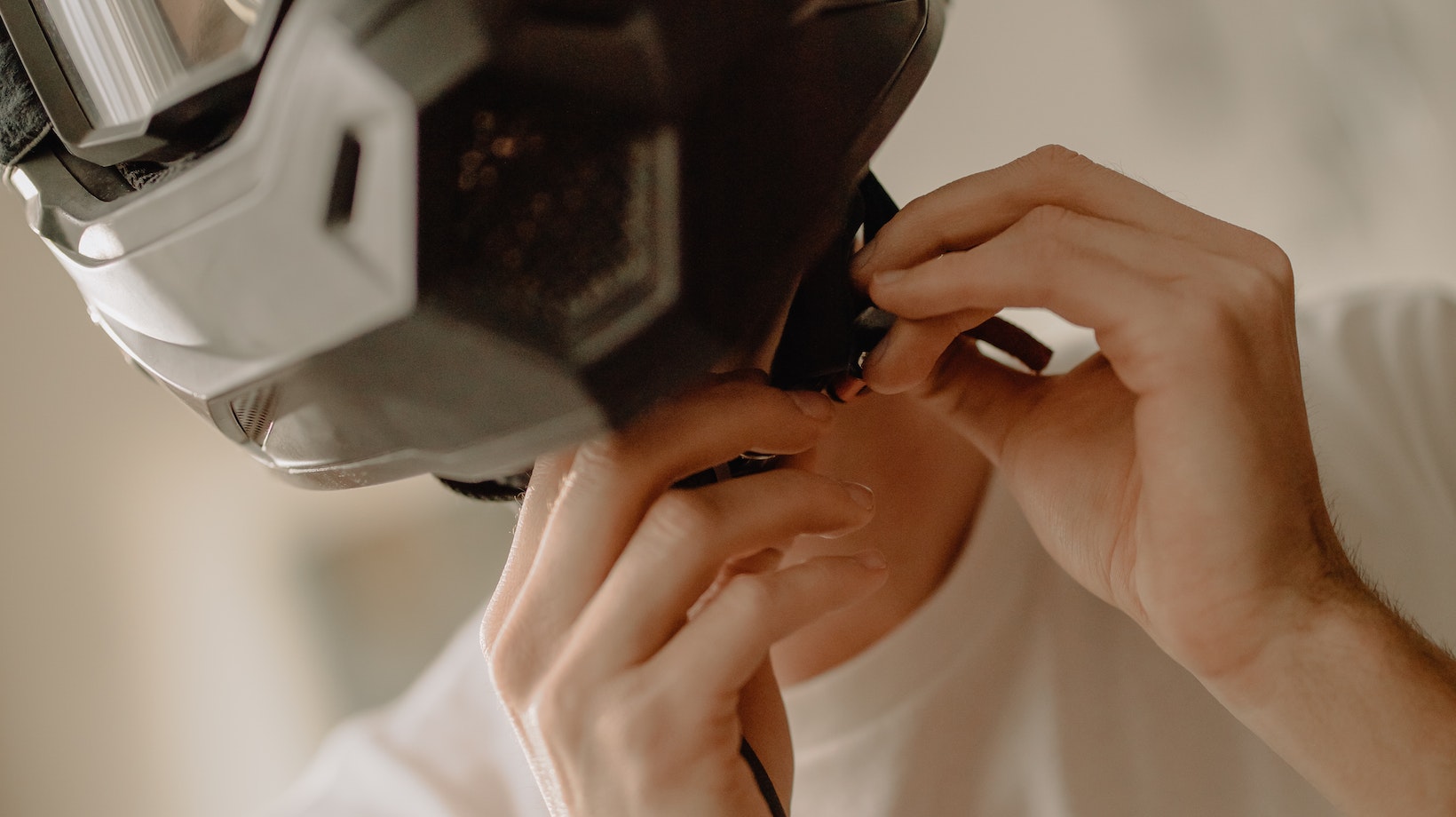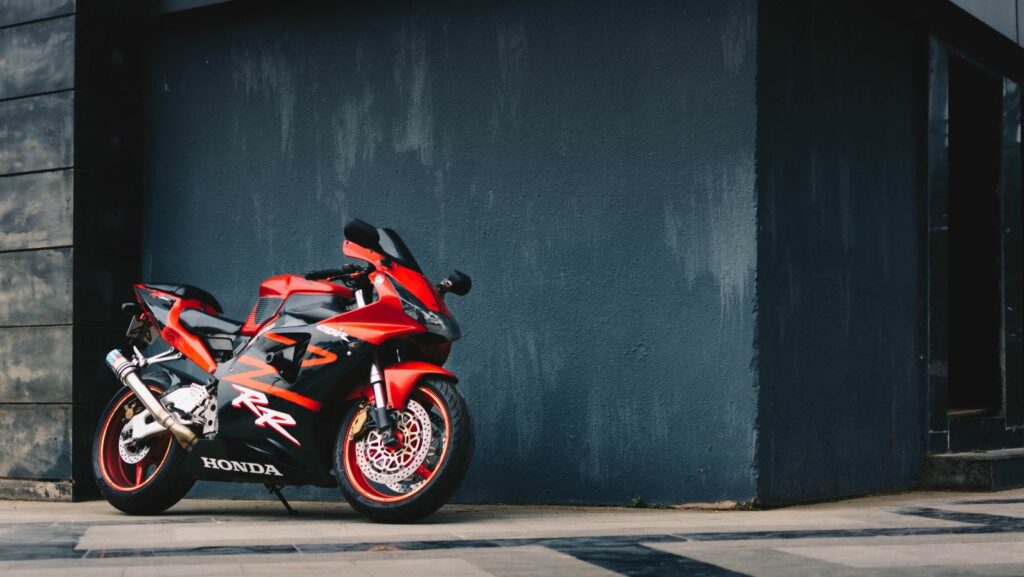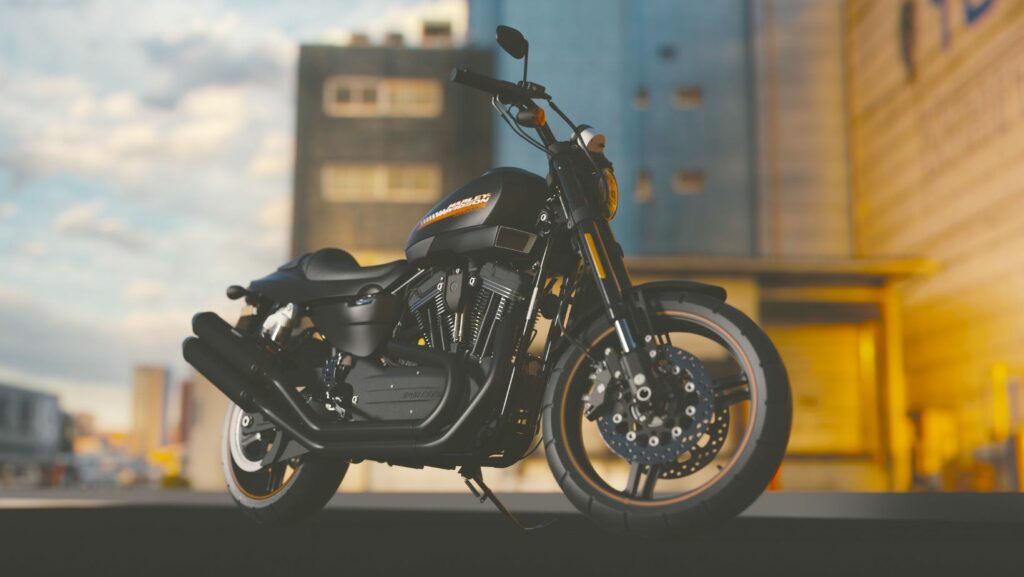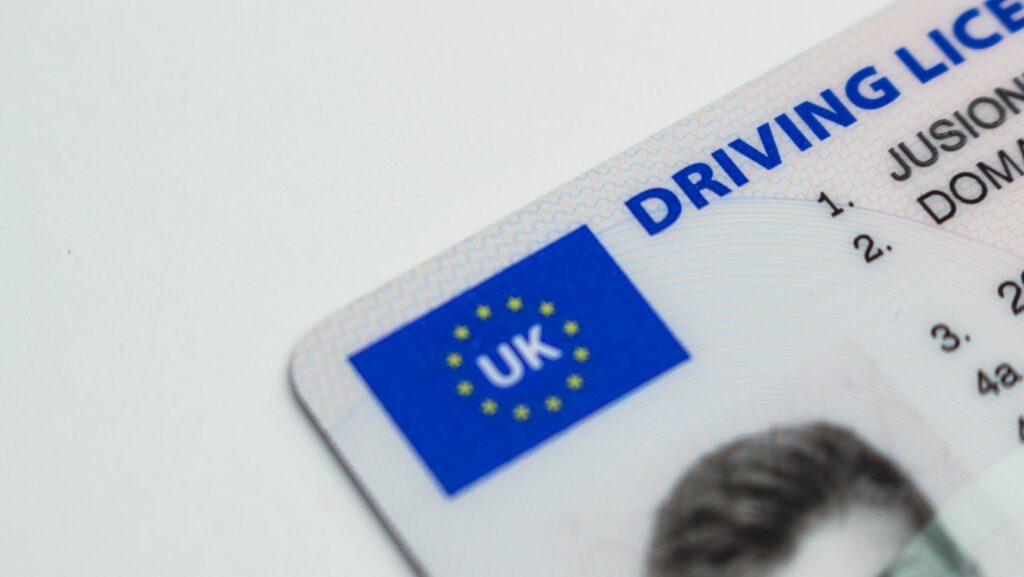Honda Motorcycle Helmets
- Measure your head circumference: Using a flexible tape measure, wrap it around the widest part of your head, just above your eyebrows and ears. Make sure the tape measure is snug but not too tight.
- Check the sizing chart: Each helmet brand may have slightly different guidelines, so consult the manufacturer’s sizing chart to find the appropriate size for your head circumference.
- Try on different sizes: Once you have identified the recommended size based on your head circumference, try on helmets in that size range to ensure a proper fit.
Trying on Different Helmet Styles
- Full-face helmets: These provide the most coverage, protecting your entire head, face, and chin. They offer excellent protection from impact, wind, debris, and weather.
- Open-face helmets: Also known as 3/4 helmets or “three-quarters,” these cover the top and sides of your head while leaving your face exposed. They provide good ventilation and visibility but offer less face protection than full-face helmets.
- Half helmets cover only the top of your head, exposing your face completely. While they may not offer as much protection as other styles, they are lightweight and allow maximum airflow.
In this section, we’ll explore some key indicators that you should look out for:
- Visible Damage: One of the most obvious signs that it’s time for a new helmet is visible damage. Inspect your helmet thoroughly for any cracks, dents, or scratches on the outer shell. Even minor damages can compromise its structural integrity and reduce its ability to absorb impact during an accident.
- Age: While there isn’t a specific expiration date for motorcycle helmets, they do have a limited lifespan due to material degradation over time. Most manufacturers recommend replacing your helmet every five years, regardless of its condition or usage frequency. If you’ve had your Honda motorcycle helmet for several years, consider investing in a new one for optimal protection.
- Loose or Worn-Out Padding: The padding inside your helmet is vital in providing comfort and ensuring a secure fit. If you notice that the padding has become loose, worn out, or compressed over time, it may no longer provide adequate support or cushioning in case of an impact. Replacing the padding is often not feasible; therefore, getting a new helmet is recommended.
- Straps and Buckles: The chin strap and buckle are essential components that keep your helmet securely fastened during rides. Regularly check them for any signs of wear, such as fraying straps or damaged buckles. If they are no longer functioning properly or cannot be adjusted correctly, it’s time to consider replacing your Honda motorcycle helmet.
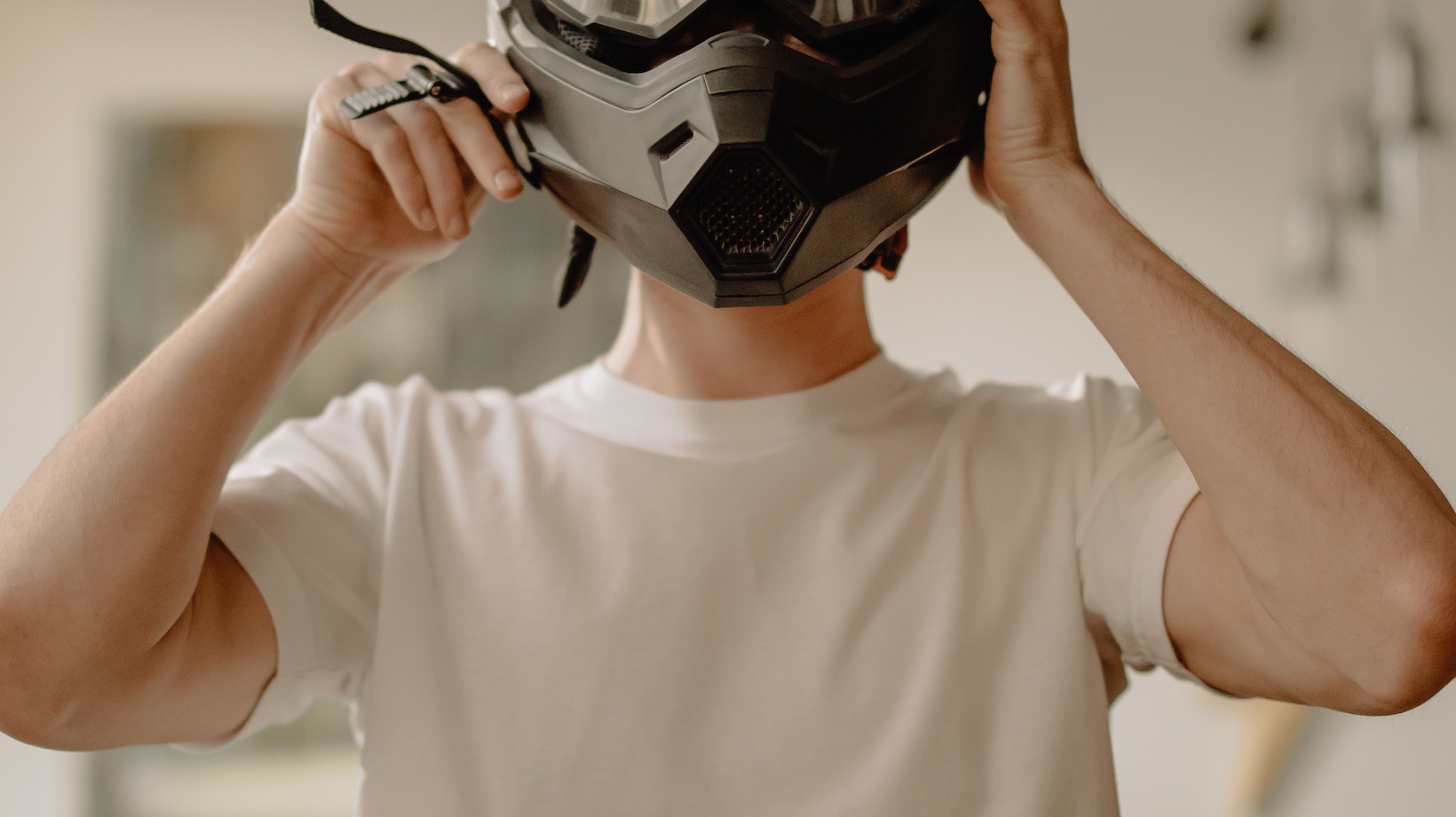
Storing your Honda motorcycle helmet safely is essential to ensure its longevity and optimal performance. Here are some helpful tips to keep your helmet in top condition:
- Clean and inspect before storing: Before putting your helmet away, thoroughly clean it using mild soap and water. This will remove any dirt, sweat, or debris accumulated during rides. After cleaning, inspect the shell, padding, and straps for any signs of wear or damage.
- Find a suitable storage location: When choosing where to store your Honda motorcycle helmet, opt for a cool and dry place away from direct sunlight. Exposure to extreme heat or UV rays can degrade the materials over time. Additionally, avoid placing heavy objects on top of the helmet, as this can cause unnecessary pressure on its structure.
- Avoid chemicals: Be cautious about storing your Honda motorcycle helmet near any chemicals, such as gasoline or solvents. These substances can potentially weaken the materials used in helmet construction.
- Regularly check for pests: Spiders or insects may find their way into stored helmets if left unchecked for long periods. Inspect your helmet and remove any unwanted visitors promptly and periodically.
By following these tips for safely storing your Honda motorcycle helmet, you’ll ensure that it remains in excellent condition and provides reliable protection every time you hit the road. Remember, a well-maintained helmet is a crucial part of your riding gear for style and safety.

